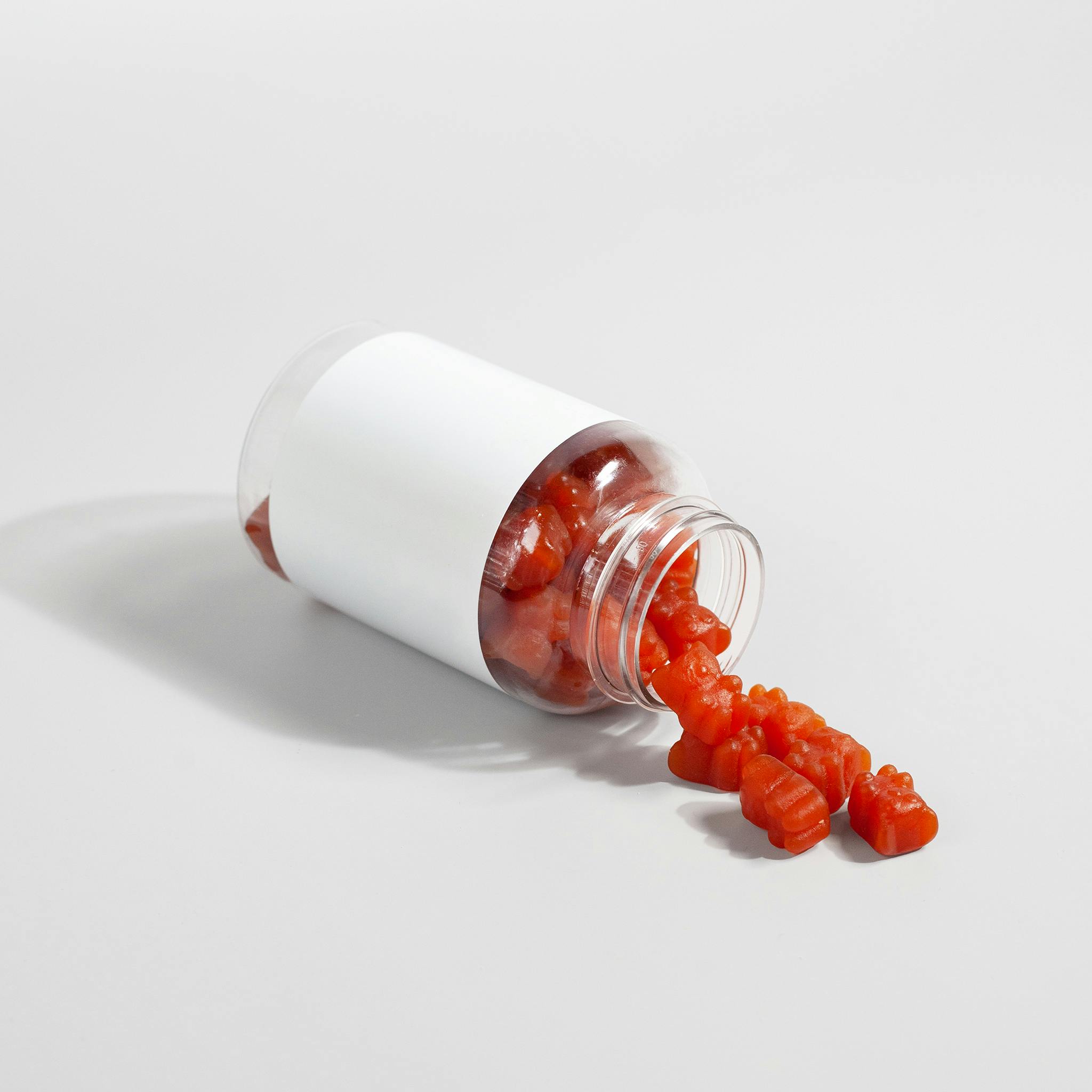Camptodactyly: early nonoperative treatment
Published: December 31 2013
Abstract Views: 1348
PDF: 2613
Publisher's note
All claims expressed in this article are solely those of the authors and do not necessarily represent those of their affiliated organizations, or those of the publisher, the editors and the reviewers. Any product that may be evaluated in this article or claim that may be made by its manufacturer is not guaranteed or endorsed by the publisher.
All claims expressed in this article are solely those of the authors and do not necessarily represent those of their affiliated organizations, or those of the publisher, the editors and the reviewers. Any product that may be evaluated in this article or claim that may be made by its manufacturer is not guaranteed or endorsed by the publisher.
Similar Articles
- Sara Ugolini, Lorenzo Tofani, Elisa Zolpi, Louise Montalva, Cosimo Lotti, Antonino Morabito, Fabio Chiarenza, Arnaud Bonnard, Morbidity related to major lung thoracoscopic resections in children , La Pediatria Medica e Chirurgica: Vol. 46 No. 2 (2024)
- Maria-Grazia Scarpa, Giordano Perin, Massimo Di Grazia, Daniela Codrich, Federica Pederiva, Edoardo Guida, Maria Antonietta Lembo, Antonio Giannotta, Jürgen Schleef, Surgery for distal hypospadias: what about the catheter? , La Pediatria Medica e Chirurgica: Vol. 39 No. 3 (2017)
- Giovanna Stringari, Giulia Barbato, Matteo Zanzucchi, Maddalena Marchesi, Giuseppe Cerasoli, Bertrand Tchana, Alessandro Gritti, Valeria Boccaletti, Alfonsa Anna Lombardi, Nicola Carano, Propranolol treatment for infantile hemangioma: a case series of sixty-two patients , La Pediatria Medica e Chirurgica: Vol. 38 No. 2 (2016)
- Maria Enrica Miscia, Maria Castellano, Stella Chiarini, Giuseppe Lauriti, Marco Casaccia, Pierluigi Lelli Chiesa, Gabriele Lisi, Pediatric primary spontaneous pneumothorax: a comparison of treatment at pediatric surgery vs. thoracic surgery departments , La Pediatria Medica e Chirurgica: Vol. 45 No. 1 (2023)
- Majid Reza Akbarizadeh, Fereshteh Ghaljaei, Alireza Hasanzadeh, Abdolghani Abdollahimohammad, Mahin Naderifar, The effect of an educational program on illness uncertainty in mothers of children with type 1 diabetes: a quasi-experimental study , La Pediatria Medica e Chirurgica: Vol. 46 No. 1 (2024)
- Carmine Noviello, Alfonso Papparella, Mirko Bertozzi, Giovanna Riccipetitoni, Ilaria Cascone, Carmine Botta, Giulia Fusi, Veronica Vitali, Mercedes Romano, Abdominal lymphatic malformations in children: case series , La Pediatria Medica e Chirurgica: Vol. 47 No. 1 (2025)
- Enrica Caponcelli, Milena Meroni, Giulia Brisighelli, Claudia Rendeli, Emanuele Ausili, Piergiorgio Gamba, Antonio Marte, Barbara Daniela Iacobelli, Laura Lombardi, Ernesto Leva, Paola Midrio, Transanal irrigation (TAI) in the paediatric population: Literature review and consensus of an Italian multicentre working group , La Pediatria Medica e Chirurgica: Vol. 43 No. 1 (2021)
- Giovanni Cobellis, Giovanni Torino, Gabriele Lisi, Michele Ilari, Edoardo Bindi, Pneumovesicoscopic management of bladder neoplasms in children: three case reports , La Pediatria Medica e Chirurgica: Vol. 45 No. 1 (2023)
- Alessandro Calisti, Diaaeldinn Yaseen Salman, Kibreab Belay, Andrea Mombo, Boniphace Tresphory, Giovanni Giuliani, Martina Sertori, Gian Battista Parigi, The hidden burden of Pediatric urology in Sub-Saharan Africa: an analysis of hospital admission data from three East African Health Centres , La Pediatria Medica e Chirurgica: Vol. 46 No. 1 (2024)
- Sarah Abdelmohsen, Mohamed Abdelkader Osman, Hussein Ali Mostafa, Mohamed Fathy, Ibrahim Ali Ibrahim, Mahmoud Mohamed Mostafa, Almoutaz A. Eltayeb, Osama Abdullah Abdul Raheem, Rectovestibular fistula: Which surgical approach is suitable? A randomized controlled trial , La Pediatria Medica e Chirurgica: Vol. 44 No. 1 (2022)
1-10 of 195
Next
You may also start an advanced similarity search for this article.








